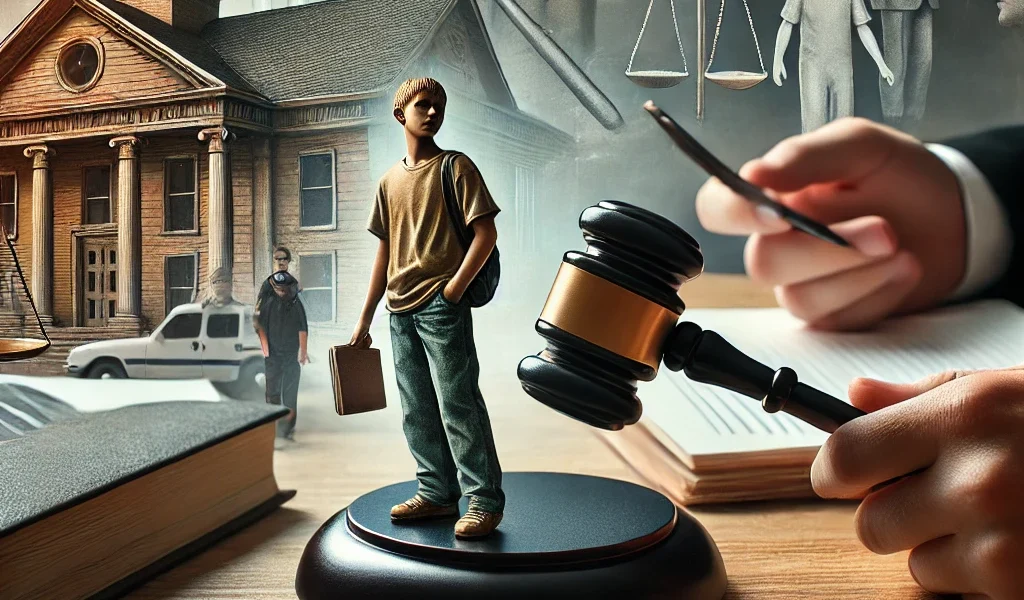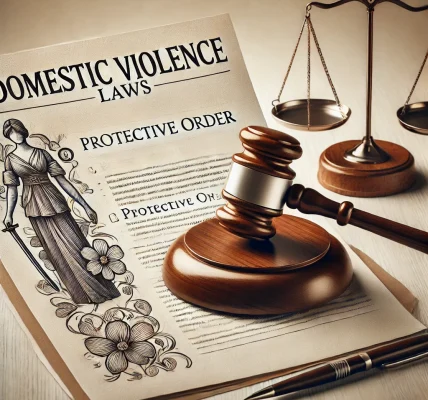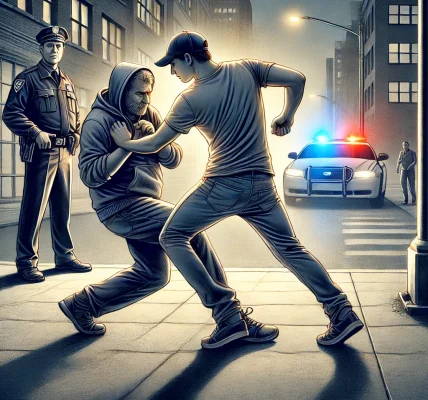Introduction
Juvenile crime is a serious issue that affects communities and families worldwide. The legal system treats young offenders differently than adults, focusing on rehabilitation rather than punishment. The goal is to provide juveniles with a chance to reform and reintegrate into society as responsible individuals.
Understanding how the juvenile justice system works, the types of crimes committed by minors, and the legal consequences they face can help families and young offenders navigate the process effectively.
1. What Is Juvenile Crime?
Juvenile crime refers to offenses committed by individuals under the age of 18. These offenses can range from minor infractions like vandalism and shoplifting to serious crimes such as assault and drug-related offenses.
Common Types of Juvenile Crimes:
- Status Offenses: Actions that are only illegal due to the offender’s age, such as truancy, underage drinking, and curfew violations.
- Misdemeanors: Less severe offenses like petty theft, vandalism, and disorderly conduct.
- Felonies: Serious crimes such as armed robbery, assault, and homicide.
2. The Juvenile Justice System vs. The Adult Criminal System
Unlike the adult criminal system, which focuses on punishment, the juvenile justice system prioritizes rehabilitation and corrective measures.
Key Differences:
| Aspect | Juvenile System | Adult System |
|---|---|---|
| Purpose | Rehabilitation & Education | Punishment & Deterrence |
| Legal Process | Informal & Private | Formal & Public |
| Sentencing | Counseling, Community Service, Probation | Jail, Fines, Probation |
| Records | Often Sealed | Permanent Criminal Record |
The goal is to ensure that young offenders are not permanently affected by a mistake made in their youth.
3. Legal Process for Juvenile Offenders
The juvenile justice process typically follows these steps:
Step 1: Arrest or Detention
If a minor is caught committing a crime, they may be taken into custody by law enforcement. Depending on the severity of the offense, they may be released to their parents or held in a juvenile detention facility.
Step 2: Intake and Initial Hearing
A probation officer reviews the case and determines whether to:
- Dismiss the charges.
- Offer a diversion program (e.g., counseling, community service).
- Proceed with formal court proceedings.
Step 3: Adjudication Hearing (Juvenile Court Trial)
Unlike adult trials, juvenile court proceedings are generally closed to the public. The judge reviews evidence and determines whether the minor is responsible for the offense.
Step 4: Disposition (Sentencing)
If found guilty, the judge issues a sentence aimed at rehabilitation. Common outcomes include:
- Probation
- Community service
- Juvenile detention (for serious crimes)
- Mandatory counseling or rehabilitation programs
4. Consequences of Juvenile Convictions
Even though juvenile records are often sealed, a conviction can still impact a young person’s future.
Short-Term Consequences:
- Temporary detention or probation.
- Mandatory school attendance and counseling.
Long-Term Consequences:
- Difficulty finding employment.
- Challenges in college admissions.
- Possible impact on future legal proceedings.
5. Rehabilitation and Prevention Programs
Many organizations and government programs aim to help at-risk youth avoid criminal behavior and reintegrate successfully into society.
Key Programs:
- Diversion Programs: First-time offenders may avoid court by completing counseling or community service.
- Youth Rehabilitation Centers: Provide education, therapy, and vocational training.
- Mentorship Programs: Pair juveniles with responsible adults to guide them towards better life choices.
6. How Can Parents and Guardians Help?
a) Open Communication
Encourage honest discussions about peer pressure, decision-making, and the consequences of illegal actions.
b) Set Clear Boundaries
Establish rules and consequences to guide responsible behavior.
c) Seek Professional Help When Needed
Therapists, counselors, and legal professionals can provide guidance and support if a child is at risk.
7. Conclusion
The juvenile justice system is designed to rehabilitate young offenders and prevent repeat offenses. By understanding how the system works and the available resources, families can help minors avoid long-term consequences and work towards a brighter future.




